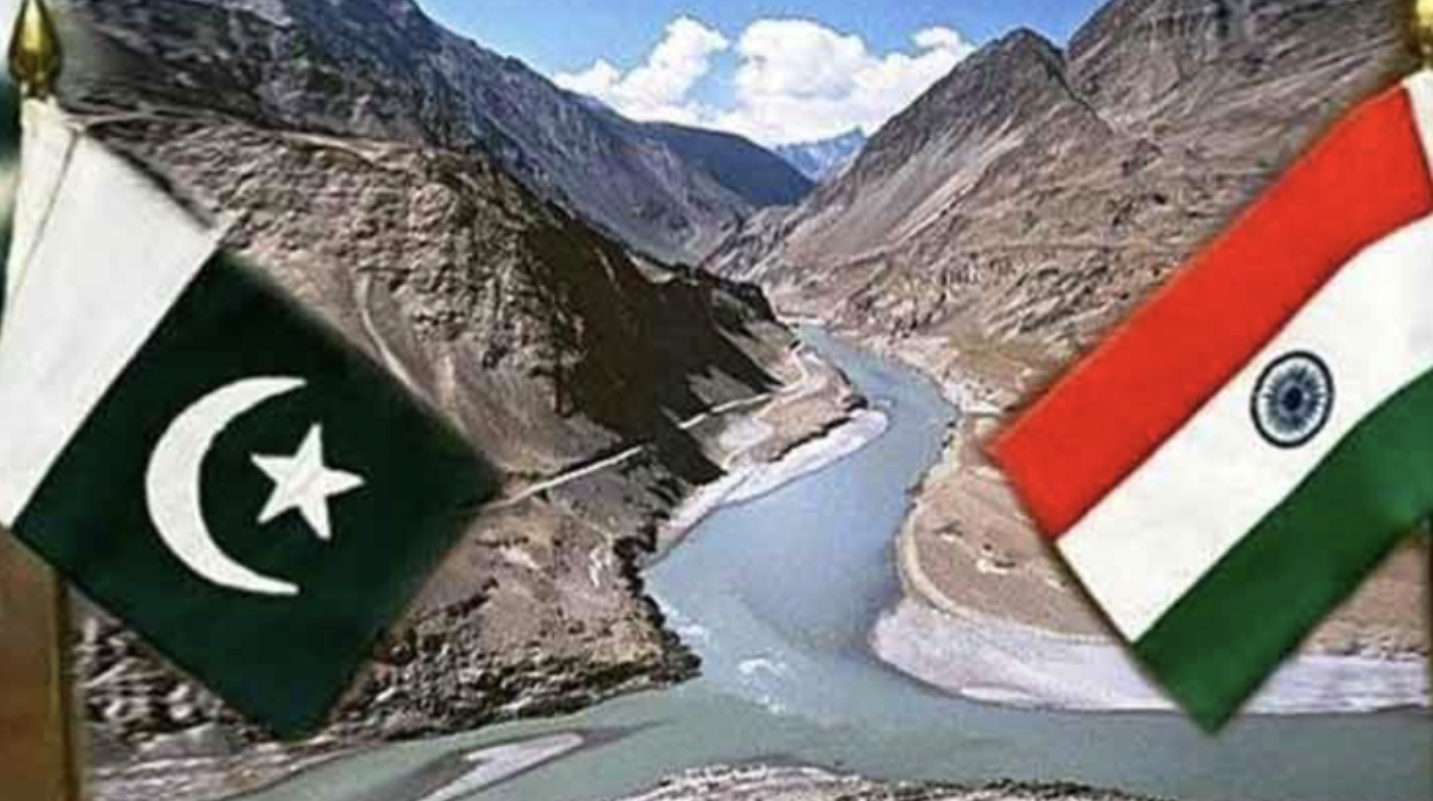The Indus Waters Treaty is often regarded as a successful treaty, more so while taking into account the complex wicket of India-Pakistan relations. India's notice to Pakistan to amend the provisions of the treaty has alarm bells ringing along the diplomatic corridors of Islamabad. Recently, India announced its desire to modify and amend the provisions of the Indus Waters Treaty with Pakistan, calling out Pakistan's unwillingness to find a solution to the disputes over the Kishenganga and Ratle hydropower projects, both in Jammu and Kashmir. India also protested Pakistan’s “unilateral” decision to approach a court of arbitration at The Hague in the Netherlands. India called for modifications to the treaty as per Article XII (3) of the IWT which specifies that provisions of the treaty may from time to time be modified for any specific purpose between the two Governments. India also boycotted the court process as the first hearing of the Pakistani case began at the Permanent Court of Arbitrage at The Hague.
In a major step, India decided to issue a notice to Pakistan, with a request for a response within 90 days, which could lead to the unravelling and renegotiation of the water-sharing treaty.
One would see the Indus Waters Treaty as being exclusionary while taking into context the troubled relations between the two South-Asian neighbours, especially when the two countries have snapped trade and cultural exchanges, and most bilateral talks.
What is the Indus Waters Treaty?
India and Pakistan signed the Indus Waters Treaty in 1960, after 9 years of negotiations, with the World Bank being a signatory to the pact. It hasn't been modified throughout the course and is often cited as one of the most successful treaties in South Asia, more so when seen in the context of India-Pakistan relations.
The treaty sets out a mechanism for cooperation and information exchange between the two sides on the use of the water of the Indus River and its five tributaries Sutlej, Beas, Ravi, Jhelum, and Chenab.
Why does India demand modification of the treaty?
According to the guidelines of the Indus Waters Treaty India may use the western rivers for non-consumptive purposes, such as the production of hydropower. But each time India has planned a hydroelectric project on one of the western rivers, Pakistan has challenged it by calling for international arbitration, preventing India from exploiting the water resources of these rivers.
In this respect, Pakistan’s objection has evolved into a “new normal.” The two hydroelectric power plants, Kishanganga and Ratle, that India has planned for the Indus water system are the source of the present dispute.
According to the IWT provisions, there are three steps in the conflict resolution process: The Permanent Indus Commission (PIC), neutral experts, and the Court of Arbitration, mediated by the World Bank. In the above-mentioned projects, Islamabad at first opted for the neutral expert option. However, a year after contacting the forum, it abruptly altered its mind and requested arbitration.
New Delhi's aim was to avoid a conflicting situation by running two parallel proceedings. Therefore, India wants to include a provision in the IWT that calls for resorting to a neutral expert, and then only an arbitration court, for each difference or dispute in order to guarantee a graduated response.
Why does the treaty need to be amended?
Environmental factors: There have been significant changes since the Treaty came into being in 1960, and it needs to be updated to reflect the realities of contemporary times The impacts of climate change and the advancement in water storage and management technologies are cited as some of the most compelling reasons to renegotiate.
Conflict Resolution: Reforming the treaty to provide a mechanism for resolving disputes over water resources, including disputes between the two countries and disputes between individual states within each country. Transparency and cooperation: Reforming the treaty to promote greater transparency and cooperation between India and Pakistan on water-related issues, including sharing of data and information.
What can be the implications of the Indian move?
Increased tensions between the two countries: The IWT has been a source of stability between India and Pakistan, but if changes are made to the treaty it could increase tensions between the two nations. For eg. if India were to build a dam that reduces the water flow to Pakistan, it could lead to increased diplomatic tensions and potentially even military conflict.
Set a precedent for China to take similar actions: China is already indulging in water aggression on two rivers (Sutlej and Indus) of the Indus River system, the Brahmaputra, and the Mekong. If India were to take aggressive actions on the IWT, it could set a precedent for China to take similar actions on other rivers, such as the Sutlej, Indus, Brahmaputra, and Mekong.
World Bank factor: The World Bank, as a mediator of the IWT, could find itself in a difficult position if the treaty is revised or renegotiated, potentially damaging its role as an impartial mediator in water disputes.
Western intervention: Considering the long-standing interest and the habit of the Western world to intervene in the internal and bilateral affairs of other countries, the Western powers, will also try to intervene in this matter, especially if they think it could lead to a Water War or worse between India and Pakistan.
